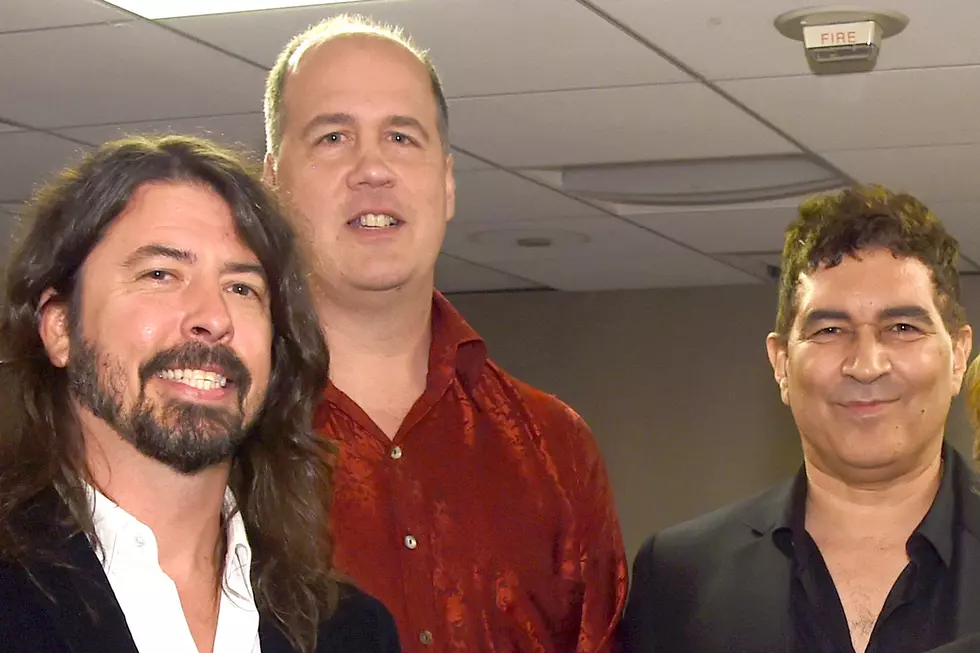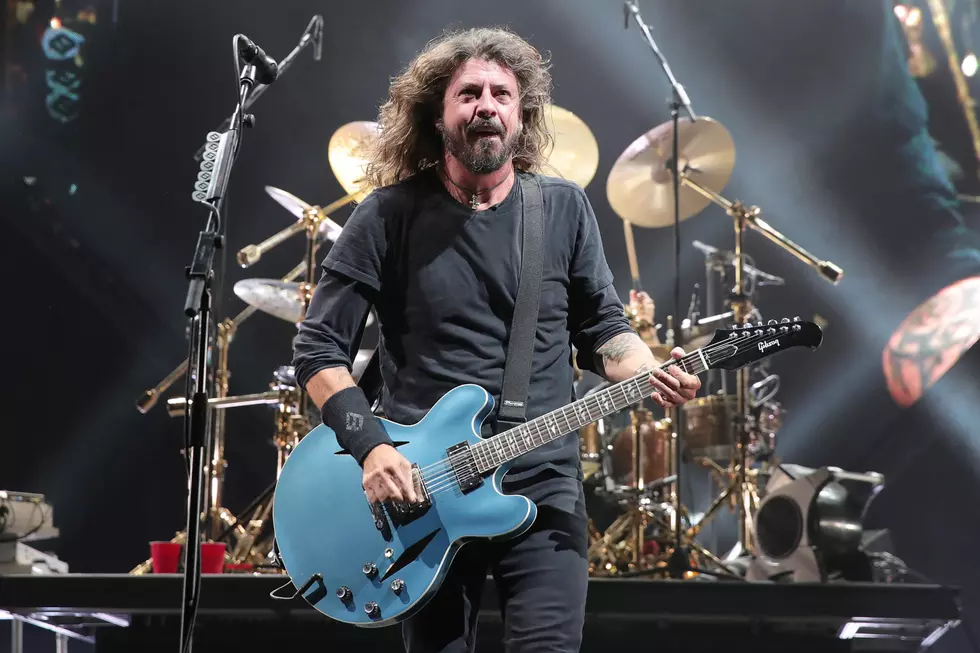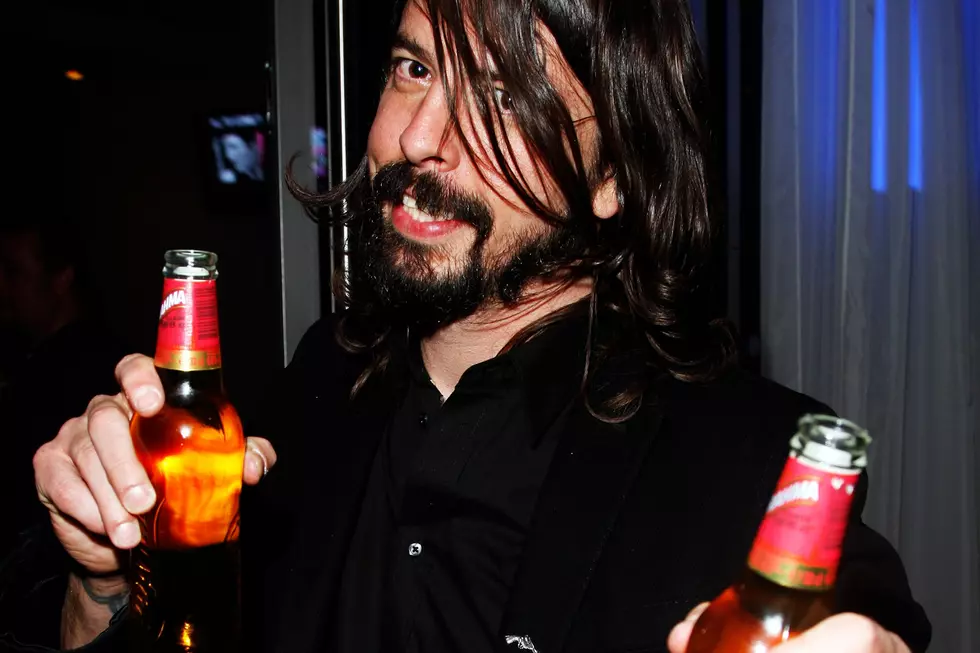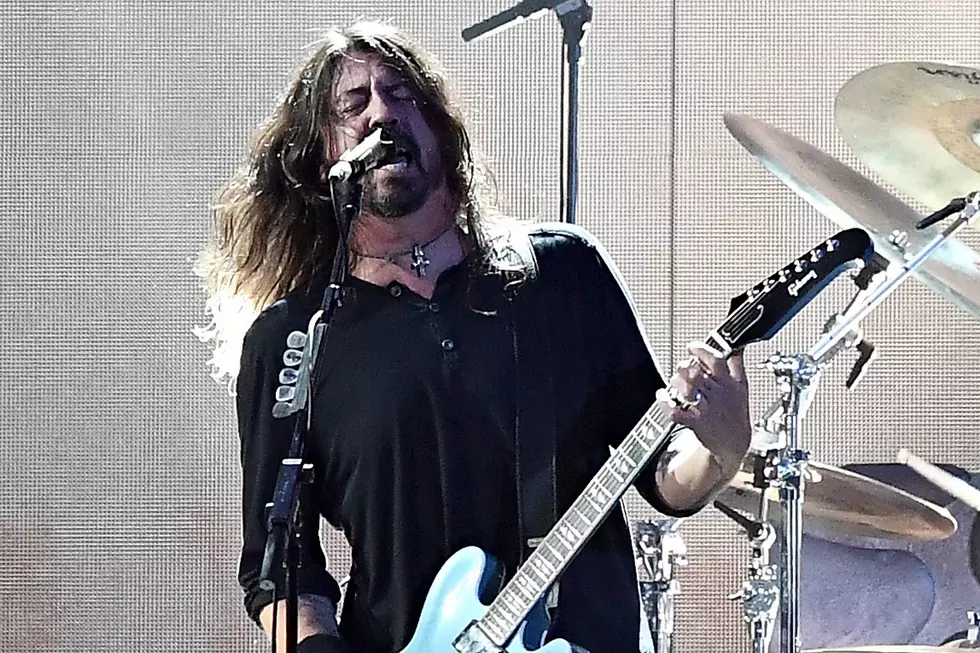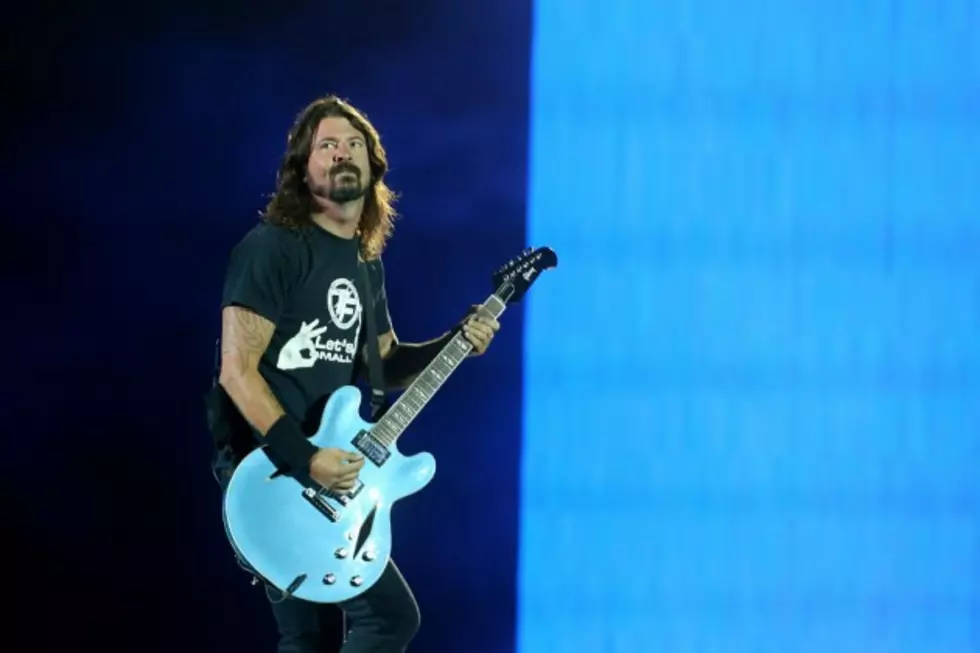
Dave Grohl 101: The Rise of the World’s Biggest Rock Titan
Dave Grohl’s rise to fame and subsequent career as a virtual rock titan have been somewhat inconceivable. After entering the limelight as the drummer for Nirvana, Grohl certainly had plenty opportunities ahead of him following the band’s tragic end. However, he defied all possible expectations when he walked away from the drumkit and launched yet another rock institution.
For Grohl, it all began long before he met Kurt Cobain or Krist Novoselic. Growing up in the Northern Virginia suburb of Springfield, Grohl became entrenched in the ‘80s punk and metal scenes in D.C. and eventually started a string of bands of his own. The very first was Grohl’s high school outfit, which was dubbed Freak Baby but was intermittently renamed to Mission Impossible and Fast. After a stint in another band (the excellently named Dain Bramage), things truly began to fall into place for Grohl when he auditioned for D.C. punk mainstays, Scream. The drummer toured and recorded with the band between 1986 and 1990, appearing on their 1988 full-length, No More Censorship, and 1993’s Fumble.
It was Grohl’s time with Scream that would ultimately lead to his introduction to a little-known Seattle outfit called Nirvana. Melvins leader Buzz Osborne connected Grohl with Nirvana’s frontman Kurt Cobain and bassist Krist Novoselic, who were searching for a drummer following the tour behind their 1989 debut, Bleach. Shortly after their meeting, Scream disbanded and Cobain and Novoselic recruited Grohl to fill out their lineup.
In 1990, the band started work on their major-label debut, Nevermind, at L.A.’s Sound City Studios. The album arrived in September of ’91 unfettered by commercial expectations. Nevertheless, the album became one of the definitive albums of the era once its lead single and breakthrough hit, “Smells Like Teen Spirit,” reached listeners and garnered a heavy rotation on MTV and radio.
Following Nevermind, Grohl began building a reserve of his own songs, which he largely kept to himself due to his hesitancy to share them with Cobain. In 1992, the drummer released a handful of those recordings on a cassette dubbed Pocketwatch under the pseudonym Late!
The following year, Nirvana dropped what would become their third and final studio album, In Utero, which veered from Nevermind’s polished production. Despite his reluctance to share his own songs with Cobain, Grohl received a songwriting credit on In Utero’s “Scentless Apprentice.” Likewise, the band re-recorded one of Grohl’s Pocketwatch songs, “Marigold” (an abbreviated title of the original “Color Pictures of a Marigold”), which appeared as a B-side on the “Heart-Shaped Box” single prior to In Utero’s release.
A year later, however, Nirvana came to an unexpected and tragic end when Cobain was found dead from an apparent self-inflicted gunshot wound in April of 1994. Twenty years later, the band was inducted into the Rock and Roll Hall of Fame.
In the months following Cobain’s death, Grohl grappled with the loss of his friend and what he should do next. He eventually reemerged six months later, recording a 15-song demo almost entirely himself -- save one guitar line provided by Afghan Whigs’ Greg Dulli.
Around the same time, Grohl was also considering other options, including an offer to drum for Tom Petty and the Heartbreakers or replace Pearl Jam’s Dave Abbruzzese. However, Grohl declined and labels began courting the former Nirvana drummer. Grohl then lined up players to flesh out his next outfit: the Foo Fighters. Former Nirvana touring guitarist and the Germs’ Pat Smear, Sunny Day Real Estate’s William Goldsmith and Nate Mendel served as the Foos’ original lineup, however, it was only Grohl who appeared on the band’s 1995 eponymous debut after his earlier demos were remixed for release.
The next year, the Foos assembled as a full-fledged band to record a follow-up, however, Grohl wasn’t quite ready to relinquish his tenure as drummer. Grohl ultimately scrapped a first go at the band’s sophomore effort and re-recorded the LP without Goldsmith, who split from the band soon thereafter. The resulting The Colour and the Shape arrived in in 1997, eventually snagging a Grammy nomination for Best Rock Album and becoming the Foos’ best-selling album to date.
After The Colour and the Shape’s release, the Foos’ lineup solidified when Taylor Hawkins joined as Goldsmith’s replacement on drums. He went on to appear on the band’s 1999 effort, There Is Nothing Left to Lose, which won the band its very first Grammy for Best Rock Album in 2001. Before the Foos’ next album, Grohl took a break to tour with the Queens of the Stone Age and appear on the band's 2002 full-length, Songs for the Deaf.
Later that year, the Foo Fighters returned with One by One, which spawned chart-topping hits, “All My Life” and “Times Like These,” and earned the band yet another Grammy for Best Rock Album. Grohl then took another reprieve from his main gig to explore his heavy metal inclinations with his newly minted side project, Probot. He released an eponymous LP featuring a host of guest spots from members of Void, Celtic Frost and even comedian/actor Jack Black.
In 2005, the Foos released In Your Honor, their first album recorded in Grohl’s newly built 606 Studios in Northridge, Calif. The double album split songs between two discs, with one featuring songs of a heavy rock nature and another boasting all-acoustic cuts. Still exploring the dynamics of electric and acoustic rock, the Foos returned with an equally diverse set of songs on their sixth full-length, Echoes, Silence, Patience & Grace, in 2007.
Four years later, Grohl launched yet another side project, Them Crooked Vultures, which served as a joint venture between Grohl, his Queens of the Stone Age bandmate Josh Homme and Led Zeppelin’s John Paul Jones. The supergroup released one and only self-titled LP.
In 2011, the Foos dropped Wasting Light under the guidance of Nevermind producer Butch Vig. The band took an all-analog approach to recording the album, which also marked the return of Smear for the first time since The Colour and the Shape. The band's seventh LP also coincided with Back and Forth, a documentary chronicling the band’s then 15-year history.
In 2013, Grohl reprised his role in Queens of the Stone Age, appearing on the band’s latest album, …Like Clockwork. That same year, the Foos leader made his directorial debut with the documentary, Sound City, which detailed the history of the iconic recording studio of the same name that served as the creative breeding ground for Nirvana’s Nevermind.
That project in turn inspired Grohl to continue his documentarian pursuits with the 2014 docu-series, Sonic Highways, which explored the musical landscapes of eight U.S. cities. More ambitious than ever, Grohl recorded a song at each city with the Foos and musicians who played key roles in shaping each locale’s musical framework. A corresponding Foo Fighters album of the same name arrived in the midst of the TV series’ run on HBO.
And Grohl doesn’t appear to be slowing down anytime soon: He's already looking ahead to a second Sonic Highways season and he’ll soon release his debut album with yet another supergroup side project, Teenage Time Killers. But then again, he wouldn’t be Dave Grohl if he wasn’t always virtually up to his eyes in a variety of musical ventures.
Worst to First: Every Foo Fighters Album Ranked
More From Diffuser.fm


